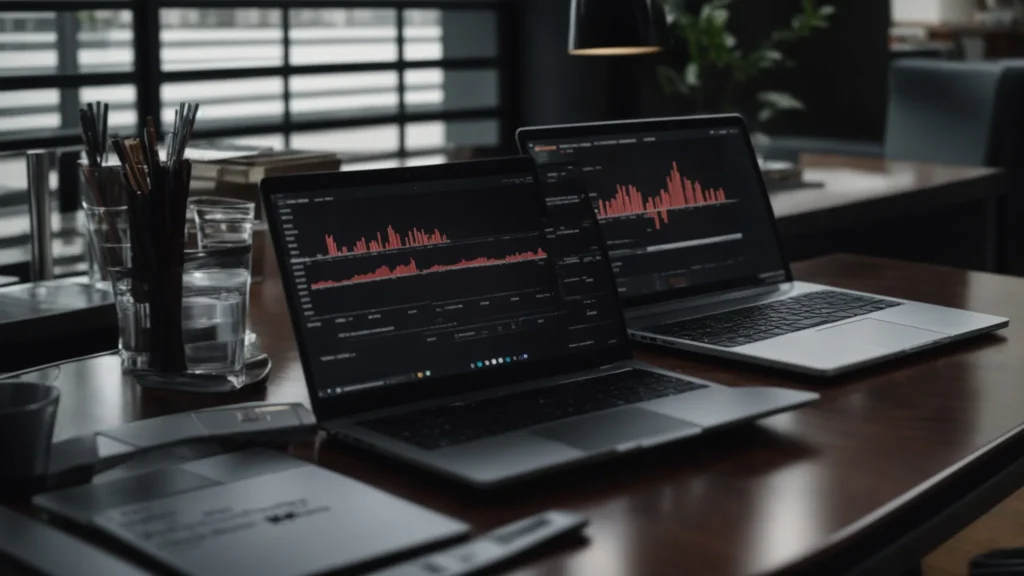Asset inventory management is the process of tracking and managing the assets of a company. This includes tracking the purchase and sale of assets, as well as tracking the depreciation of those assets. Asset inventory management is important for companies because it allows them to keep track of their assets and make sure they are getting the most out of them. It also helps with accounting and tax purposes. These assets can include software, hardware, products, and other physical assets.
There are many ways to inventory your assets. Each method has its own advantages and disadvantages. Keep reading to learn more about the different methods of conducting an asset inventory.
Using Asset Inventory Management Software

When it comes to conducting an asset inventory, one of the most popular methods is using asset inventory management software. This software provides tools that can help organizations track and manage their assets more effectively and can automate much of the process, making it easier and faster to compile an inventory.
Asset management software typically allows organizations to track all identifiable information for a company’s physical and virtual assets. This information can be extremely helpful in managing an organization’s assets.
The first step in using asset management software to conduct an inventory is to create a database of all of your assets. You will need to include information such as the asset’s name, location, description, and value.
Once the database is created, you can begin to import assets into the software. This can be done in numerous ways, depending on the software you are using. You may be able to import assets manually, or the software may be able to automatically import them from your accounting software or other systems.
Once the assets are in the software, you can begin to track and manage them. The software will allow you to track changes in value, location, and other information. This can help you to make better decisions about where to allocate your resources and when to replace or dispose of assets.
Manually Conducting an Asset Inventory

Manual asset inventories are often done when an organization needs a more detailed and accurate picture of its assets than what is available through automated systems. In a manual inventory, each asset is physically counted and checked against the records in the organization’s asset management system.
This method is often used when an organization is doing a physical inventory of its assets, such as when preparing for a business insurance claim or when auditors are conducting an inventory review. It can also be used when an automated system is not available or when the organization wants to verify the accuracy of the automated inventory.
A manual inventory can be time-consuming and labor-intensive, so it is not typically used for large organizations or for inventorying large numbers of assets. It is most often used for smaller organizations or for specific groups of assets.
Using a Combined Method

Another way to conduct an inventory is by using a combination of manual and automated methods. This involves using a manual process to count and record some of the assets, and using an automated process to track and record the rest of the assets. This can be a more accurate way to conduct an inventory, and it can be easier to manage assets.
With a manual and automated method, the manual process can be used to count high-value or sensitive assets. This can help to ensure that these assets are accurately counted and recorded. The automated process can be used to track and record the rest of the assets. This can help to ensure that all of the assets are accounted for, and it can make it easier to manage and track the assets.
Using a manual and automated method can be more accurate than using a manual or automated process alone. This is because it combines the accuracy of the manual process with the speed and efficiency of the automated process.
Conducting an Asset Inventory
As you can see, there are a few different ways to conduct an asset inventory, including using asset management software, manual inventory, and a combined approach. The best method depends on the individual company’s needs.












